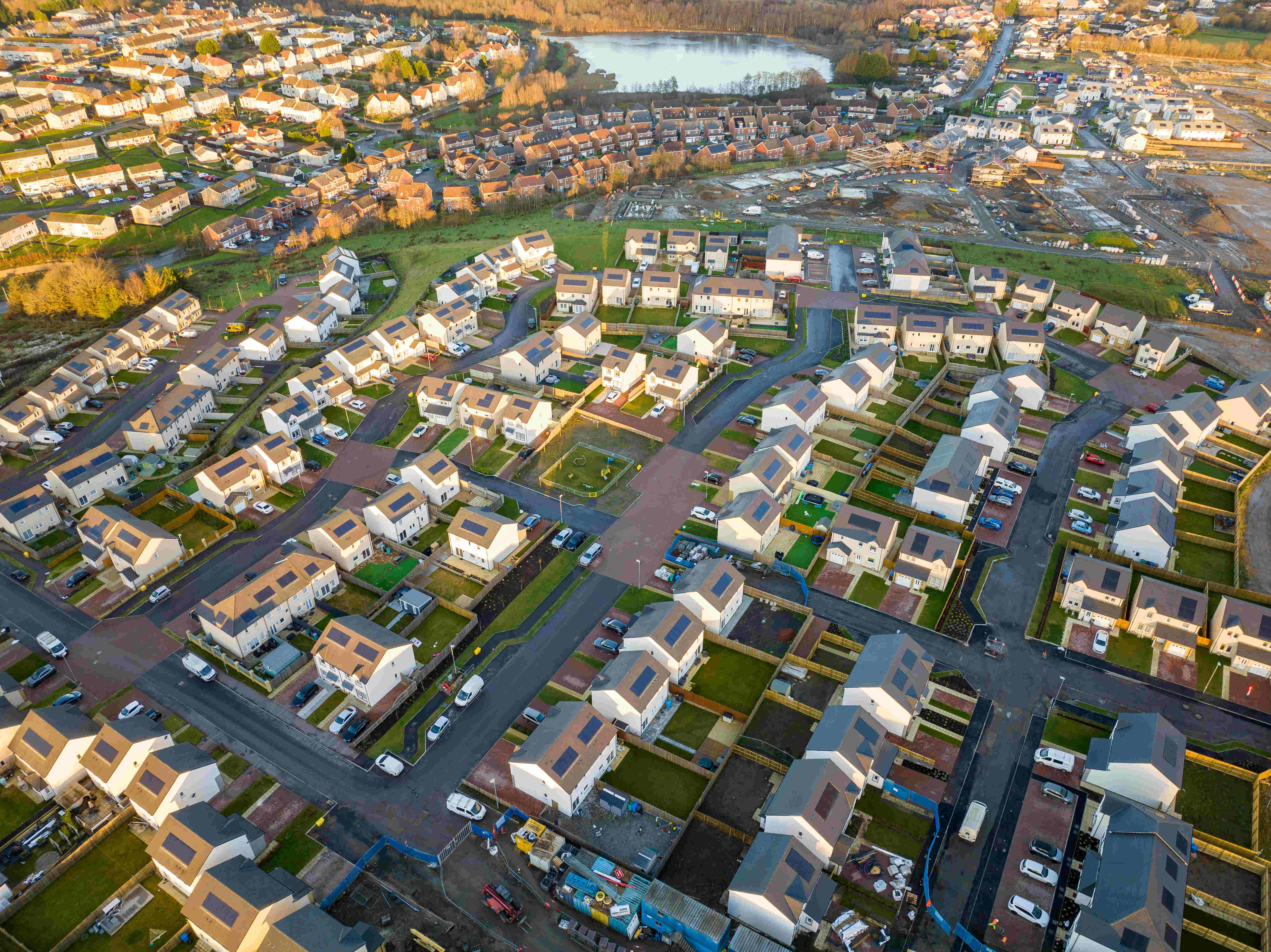Ash Sheikh: The whole economy reaps the benefits from new housebuilding

Muir Homes' Queens Gait development
Ash Sheikh, director of sales and marketing at Muir Homes, reflects on the recent cut in interest rates and its effect on the house building market.
I am sure I am not the only one who was pleased with the Bank of England’s Monetary Policy Committee’s decision to cut interest rates by 0.25% last week with more rate reductions indicated in the coming months. This, together with the focus of the UK Government on housing, is encouraging for this vital sector which contributes so much to our economy, environment and standards of living, yet remains polarising in the court of public opinion.
The economic benefits of building new housing are clear and well-documented. The home building sector in Scotland supports 45,000 jobs directly and tens of thousands more up and down the supply chain. In 2019 the sector was worth £3.4 billion to the economy.
There are also wider benefits of home building which are often overlooked. When a new private home is built there is the equivalent of £30,500 provided in developer contributions, meaning more affordable housing in our communities as well as contributions to infrastructure such as schools, transport and public spaces. When someone moves into a new home, it is not just the new occupant who sees an enhanced quality of life.
The wider community is supported with other benefits from more accessible and adaptable housing to investment in community facilities. New homes also means there are more people to support shops and the public realm, ensuring communities thrive for years to come. New housing is considerably more energy efficient, driving clear environmental benefits for the wider community as well as energy cost savings for individual home buyers.

Ash Sheikh
At Muir Homes, and I’m sure amongst other home builders across Scotland, there is an anticipation of a real spike in new home enquiries as a direct result of rate cuts. The correlation between lower interest rates and increased demand for housing is well-documented. When borrowing becomes cheaper, more people are inclined to invest in property, whether as a primary residence or as an investment. Similarly, when people feel more secure about their financial future because of an improving economy, they are more likely to make significant investments, such as purchasing a home.
This will be positive for the house building sector and the economy more widely, as well as the communities who will experience the benefits of new housing in their local areas.
The cost of living crisis coupled with consistently high interest rates has caused the housing market to stall, resulting in uniquely favourable market conditions for those who are buying at the moment. As demand increases, there is a strong likelihood that house prices will rise. This is a classic case of supply and demand dynamics at play. When more people are looking to buy homes, and the supply of new homes cannot keep pace, prices naturally go up. By acting now, buyers can take advantage of the current lower prices before they start to climb.
There has been a welcome reinvigoration of housing policy in England with mandatory housing targets announced by the Deputy Prime Minister last week which will see 1.5 million more homes by 2029. I, and the rest of the home building sector, am hopeful that this new focus on housing will spur further action in Scotland too and help boost the economy and deliver these much needed new homes.
The combined economic, social, and environmental benefits of new housing are undeniable. With favourable market conditions, now is the opportune time for potential buyers to invest, ensuring thriving communities and a robust housing sector for the future, as well as having somewhere to call their own.





















